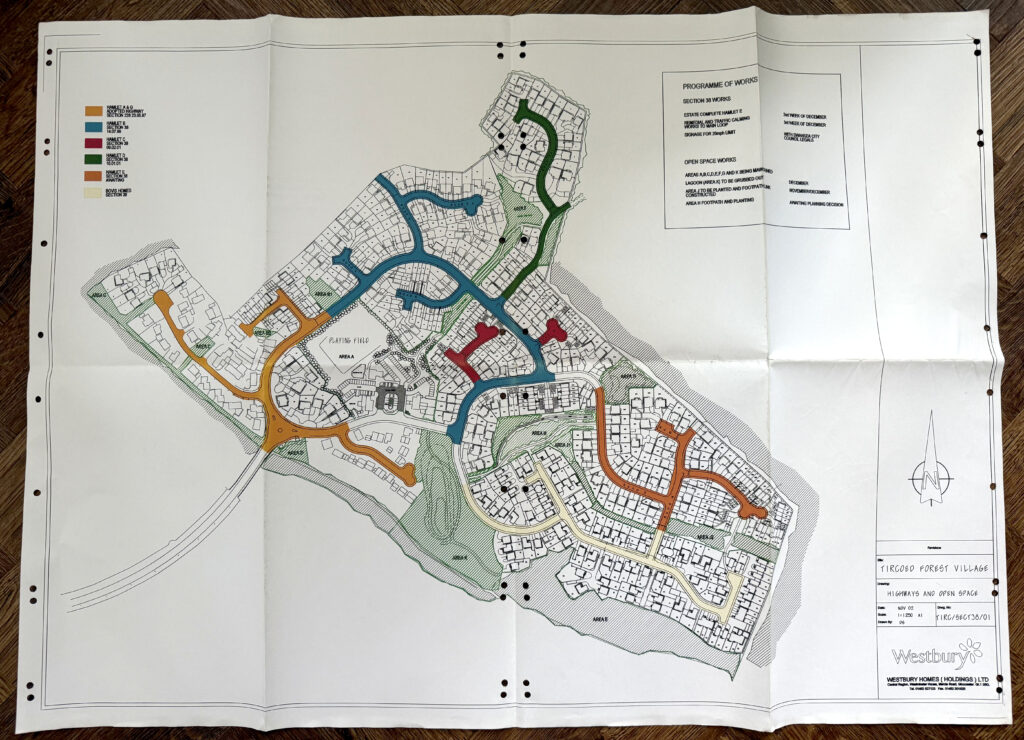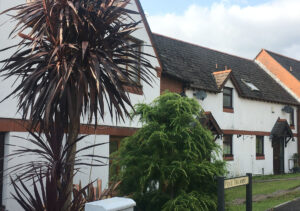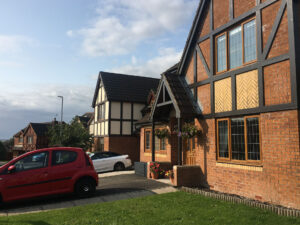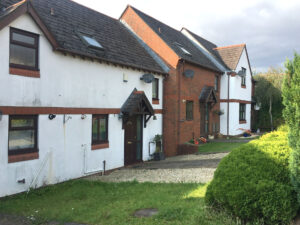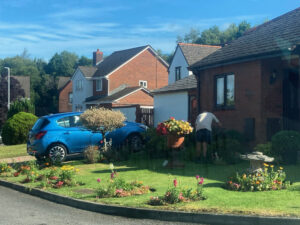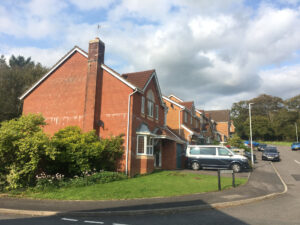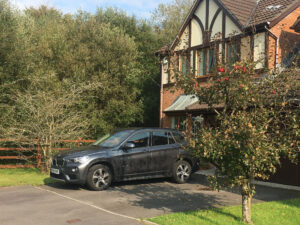Returning to Swansea for a week’s holiday provided an opportunity to revisit several of my old projects.
URBED first looked at Swansea as part of research into tackling the problem of waste land. An economic recession coupled with industrial decline had left old industrial towns like Swansea with masses of empty buildings and derelict land.
As part of a strategy for regenerating the town centre I proposed turning the old commercial buildings in Wind Street into a ‘café quarter’, along with more ambitious projects such as reinstating the former Swansea to Mumbles tramway, the first in the world. Wind Street has been attractively pedestrianised and the many bars seem to thrive. It is a short walk through to the waterfront, where as well as the Marina there is now an excellent industrial museum, the Dylan Thomas Centre and much more. The new apartments have turned it into an attractive place to live. Overall the town centre has been extensively and attractively ‘greened’, and the railway station is an attractive gateway again. Further major leisure redevelopments are under construction.
Apart from the Quadrant Shopping Centre, many shops have closed. The former industrial sites where once copper and other minerals were processed have been reclaimed and developed as vast shopping centres with parking attached. New student housing is concentrated around the station, but the new university is divorced from the town. As in many other British cities, the heart of the city is not what it was.

Faced with the challenge of what to do with ‘wasteland’ , some forty years ago, I came up with the idea of ‘urban villages’ and even drafted a speech on the theme that HRH The Prince of Wales delivered to a meeting of the Institute of Directors. But despite government encouragement and some hundred proposals for new communities little got built. I was therefore keen to revisit Tircoed Forest Village, which we had promoted in a clearing in a forest near to the M4 and about a quarter of an hour’s drive from Swansea.
Vision and reality
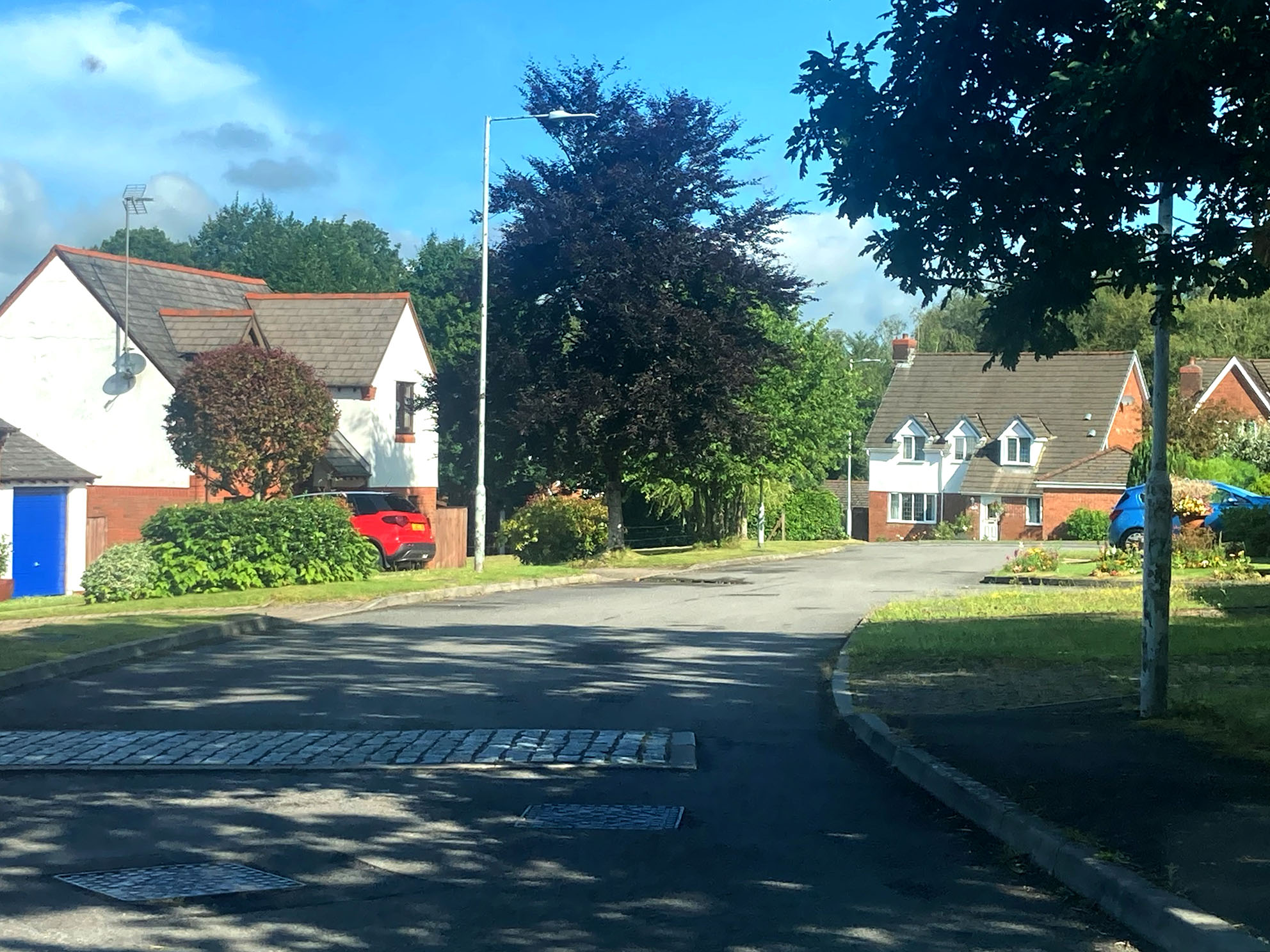
My article in the Estates Gazette on the 15th December 1990 entitled ‘Giving Birth to New Communities Painlessly’ drew on direct experience both in Wales and with redeveloping a former mental hospital in Shenley in Hertsmere. There over 900 homes have been built plus a 45 acre park run by the Shenley Park Trust, which also was endowed with enough buildings to cover predicted running costs. This highlighted the importance of positive planning policies with planning briefs, as well as the more radical idea of development trusts with an interest in the land to provide for ongoing maintenance.
Tircoed was intended to have just under 500 homes, plus a shop and other facilities funded from the surplus, but a housing downturn got in the way.
After the original financial offer fell through, I managed to persuade a French bank, Societe Generale, who were new to the UK, to fund the necessary infrastructure and initial homes. Alas the idea of using the forest roads initially and an existing bridge over the railway had to be replaced by building a new bridge and a distributor road along with the first 20 or so houses.
Though the development vehicle called Pentref Development Company negotiated an agreement with the landowner to pay for the land as houses were sold, a collapse in the market led to a lull of about a decade. Then the volume house builder Westbury took over the site, and built some 300 homes in a series of hamlets. The scheme was completed by Bovis, and included the village shop and community centre. An existing primary school in nearby Penllergaer was extended with another classroom.
Building a community
The development has provided very popular to young families and older people alike, especially professionals such as doctors working the main hospital. House prices have outperformed other parts of Swansea, Residents are attracted by the peaceful forest setting, but also by the easy access to the M4, Swansea and the seaside. A Tircoed Village Trust was set up to look after the common parts, while Swansea Council adopted the roads.
Walking around I was impressed with how well the village was connected with the adjoining forest and by the character that came from living among trees. A diversity of housing has resulted from a policy of building 2,3, and 4 bedroom houses with some four different basic design.
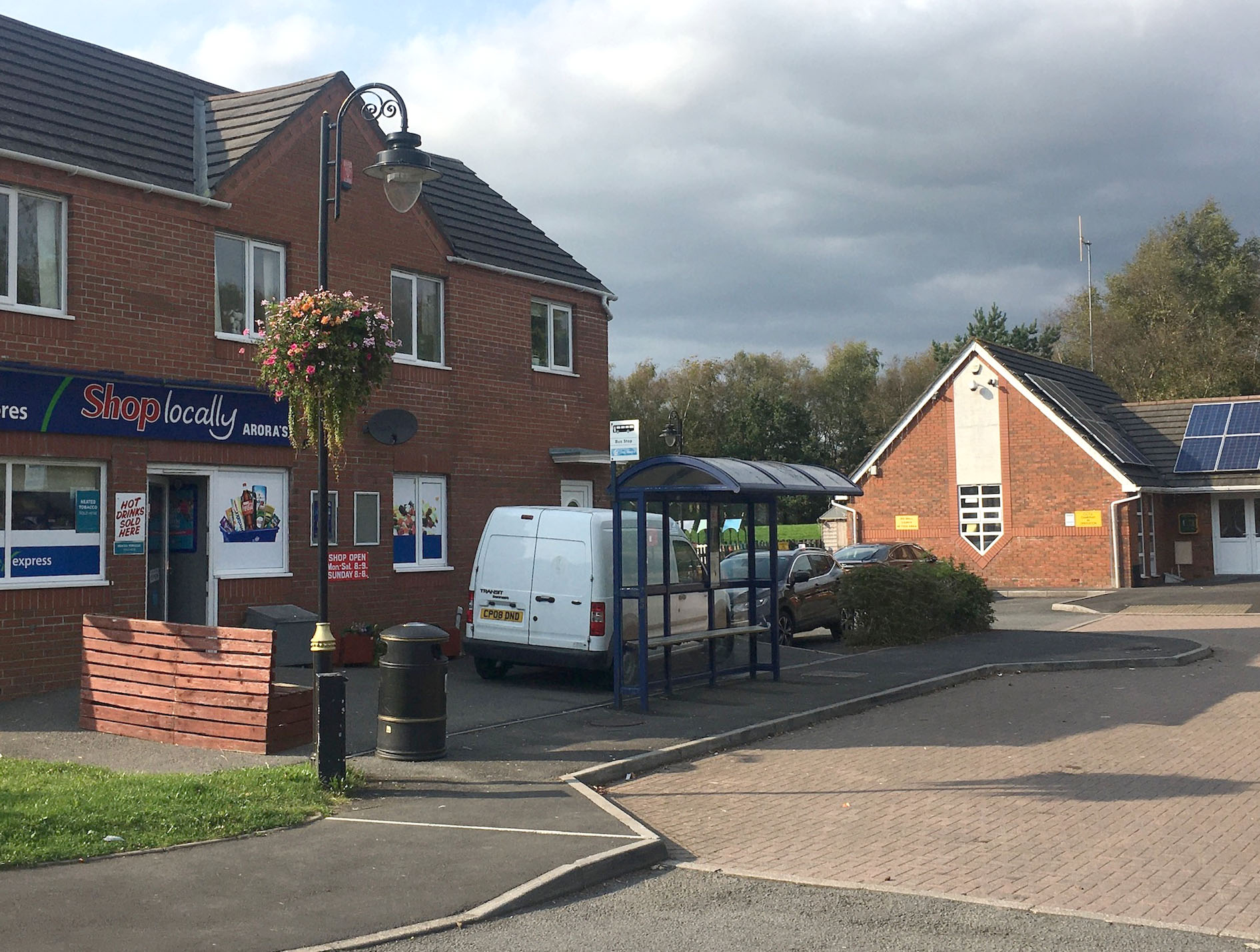
Talking to the shop owner, who hails from Delhi, he told me it was the happiest place he had ever been in. A dog walker confirmed the appeal of living in what seemed a proper village, not a housing estate as you find elsewhere. There are buses into Swansea as well as a visiting Community Bus. I was told that a range of activities make use of the community centre, and there is a popular Summer Fete. One unusual feature has been a radio station, no longer called Radio Tircoed. Social media such as WhatsApp is used for communications.
I later learned from talking to the current Chair of the Trust that it has proved difficult to get people engaged. Some have delayed paying the modest Rent Charge or maintenance fee, now around £130 pa, which funds a commercial management agency, and it has been difficult when new residents take over. The main local estate agent thought that about a third of the units were now rented out. The trustees recently resigned and the new board of three is considering what can be done to get people engaged in events or to turn up for meetings. A committee to plan and run events may be set up. People rely on social media, which encourages complaints, as residents tend to take the wonderful surroundings for granted. The new chair, a long-term resident, ended up rebuilding a platform by the pond himself and his experience should prove useful.
Conclusion
The idea of developing a site that would otherwise have been overlooked and building a mix of housing has worked well. So has paying for the land when it is developed. However in locations with uncertain prospects it would have been better if a public development agency was responsible for procuring the necessary infrastructure. A multiplicity of house builders could then have been involved, providing choice and variety. A property endowment, as in Shenley, is required to fund ongoing maintenance and housing for rent. Care is needed in getting the right people involved early on in managing the community facilities.

